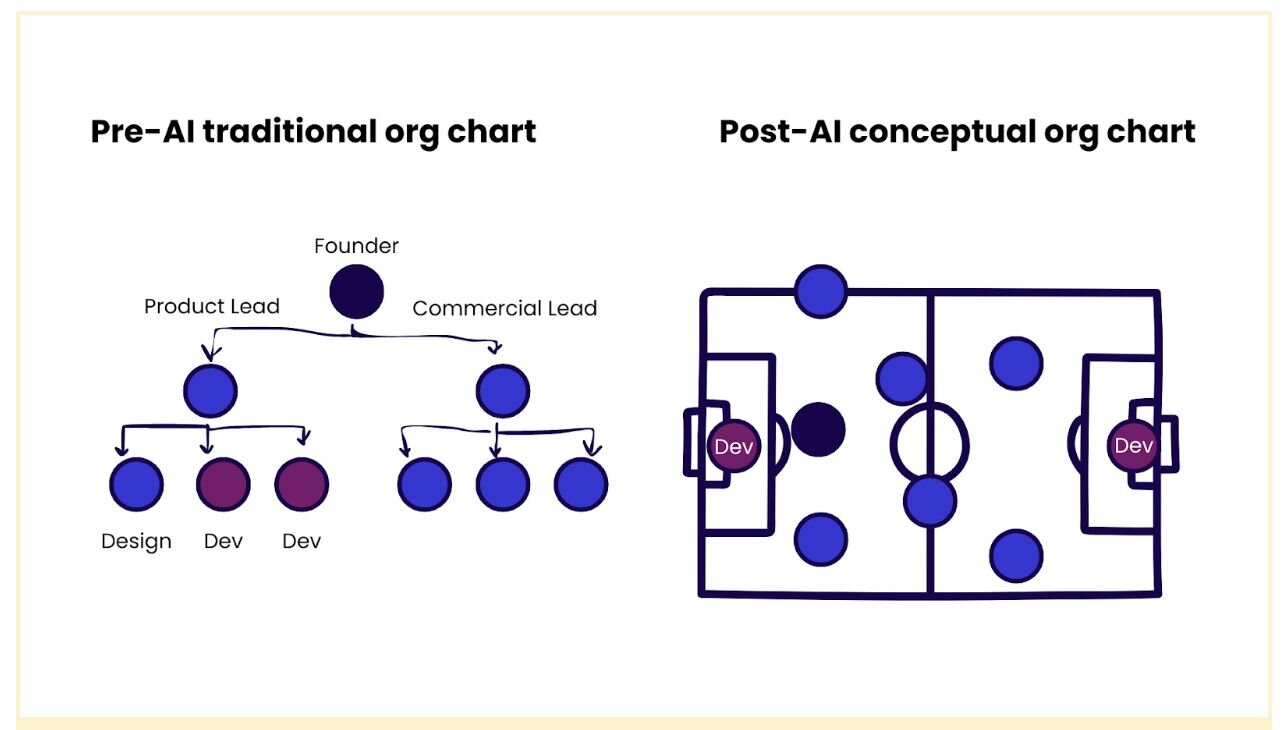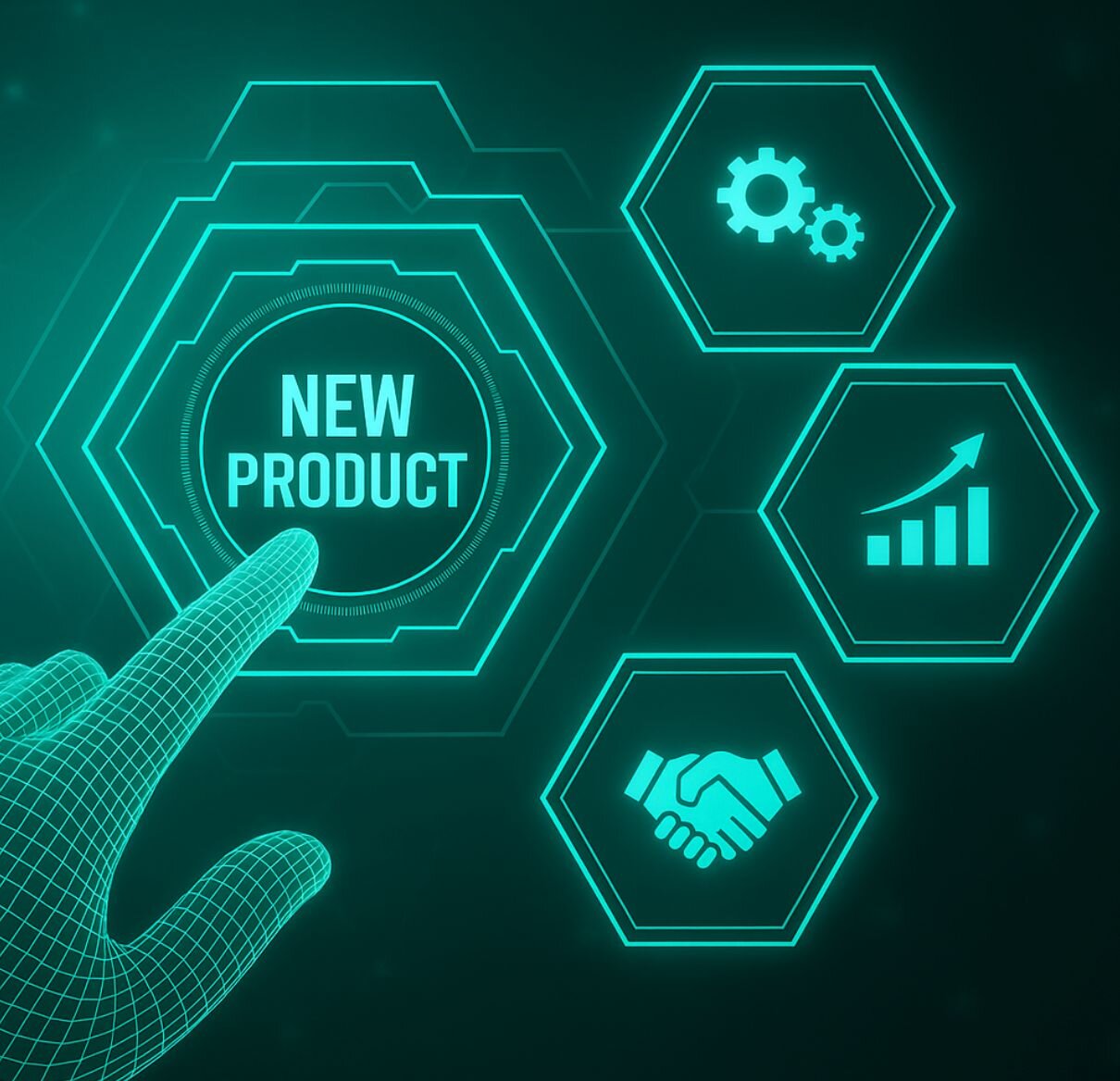Introduction
The rapid advancement of technology has propelled wearable devices to the forefront of innovation, presenting product managers with a unique set of challenges and opportunities. As these devices become increasingly prevalent in our daily lives, the importance of crafting exceptional user experiences and driving product adoption becomes paramount. This article explores the intricacies of product management for wearables and provides a framework for creating products that resonate with users.
Wearable devices, such as smartwatches and fitness trackers, offer a highly personal and intimate user experience. Unlike traditional products, wearables are constrained by their smaller form factors and reliance on touch, gestures, glanceable experiences, and voice commands. To create successful wearable products, product managers must possess a deep understanding of user behaviors, human computer interaction, and the unique characteristics of wearable technology. In 2022, the US wearables market was valued at $17.2 billion, with projections indicating it could surpass $23 billion by 2026. This growth highlights the escalating interest in personal health and fitness, reflecting a broader trend towards health consciousness among consumers.
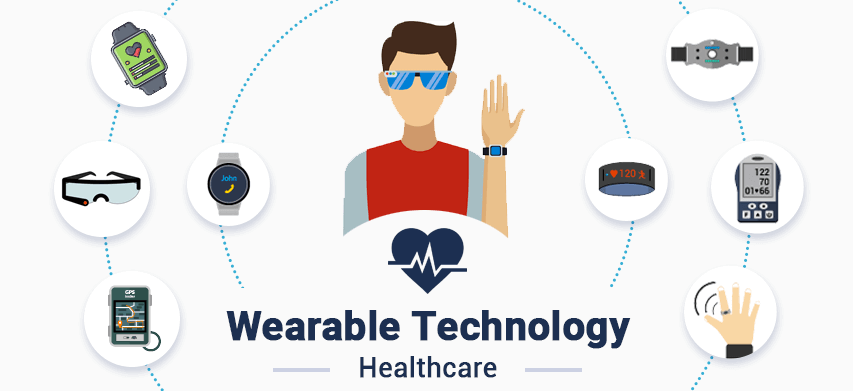
1. Identify core value proposition
Product managers must clearly define the core value proposition of their wearable products. By understanding the key benefits and use cases that resonate with target users, product managers can prioritize features and functionalities that deliver meaningful value. Focusing on the essential aspects of the product helps streamline development efforts and ensures a compelling offering in the market. segmenting consumers is a critical first step in achieving product-market fit for wearables. By dividing the market into smaller groups with shared needs and preferences, product managers can avoid the trap of trying to please everyone and instead focus on delivering targeted value to specific segments. This approach enables the development of wearables that address unique requirements, capitalize on white spaces, and establish a strong competitive position in the market.
Various wearable devices offer distinct core value propositions that cater to specific user needs and preferences. The Apple Watch focuses on seamless integration with the Apple ecosystem, providing comprehensive health and fitness tracking alongside convenient communication features. Fitbit, on the other hand, prioritizes accessibility and user-friendliness, with a strong emphasis on step counting, heart rate monitoring, and sleep analysis. The Oura Ring stands out for its discreet and comfortable design, offering personalized insights for sleep and recovery optimization. In the realm of diabetes management, Dexcom provides continuous glucose monitoring, enabling real-time tracking and improved disease control, while Libre offers an affordable and minimally invasive solution for glucose monitoring.
2. Optimize for wearable-specific constraints
Wearables present unique design and technical constraints that product managers must navigate. Limited screen real estate, battery life considerations, and the need for intuitive interactions require careful planning and prioritization. Product managers should work closely with design and engineering teams to find innovative solutions that balance functionality, usability, and performance within the constraints of wearable devices.
One key consideration is the effective utilization of the limited screen space available on wearables. Apple Watch, for example, introduces the concept of complications – small, customizable widgets that display relevant information at a glance. Product managers must carefully curate and prioritize the information displayed in these complications, ensuring that users can access critical data without overwhelming the interface. Glanceability becomes a crucial factor, as users should be able to quickly and easily digest information on the small screen with minimal interaction. For instance, the Dexcom continuous glucose monitoring system offers a watch complication that allows users to view their current glucose levels and trends directly on their Apple Watch face so that you can just glance at your watch at a restaurant and feel safe about your glucose levels.
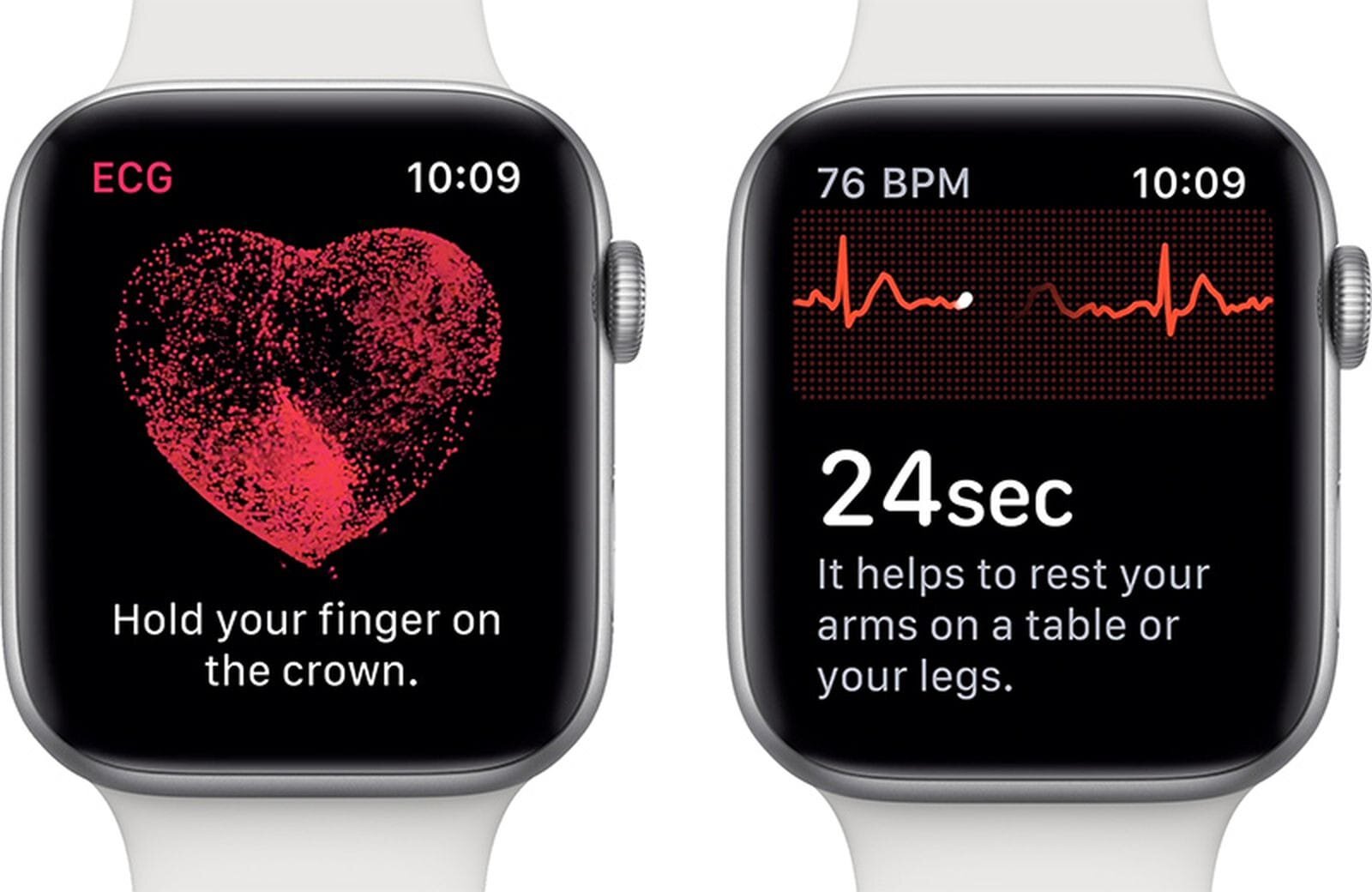
Source: https://www.macrumors.com/2018/10/29/apple-watch-ecg-region/
3. Create a seamless ecosystem
Wearables often operate as part of a larger ecosystem, integrating with smartphones, companion apps, and other devices. Product managers must ensure seamless integration and data synchronization across the entire ecosystem. By creating a cohesive and interconnected user experience, product managers can enhance the overall value and utility of their wearable products, driving user engagement and loyalty.
At the core of a successful wearable ecosystem is the integration between the wearable device and the smartphone. The wearable device leverages the smartphone's processing power, storage, and cellular connectivity to extend its capabilities. This integration allows users to receive notifications, make phone calls, send messages, and access a wide range of apps directly from their wrist. Product managers must ensure that the wearable and the smartphone work together seamlessly, with data syncing automatically and in real-time.
Wearable devices also integrate with a variety of companion apps, both native to the smartphone's operating system and third-party, that expand their functionality. For example, a fitness tracking app on the smartphone can provide a detailed overview of the user's fitness data collected by the wearable, including workouts, calories burned, and activity trends over time. This integration allows users to set goals, compete with friends, and gain valuable insights into their health and fitness progress.
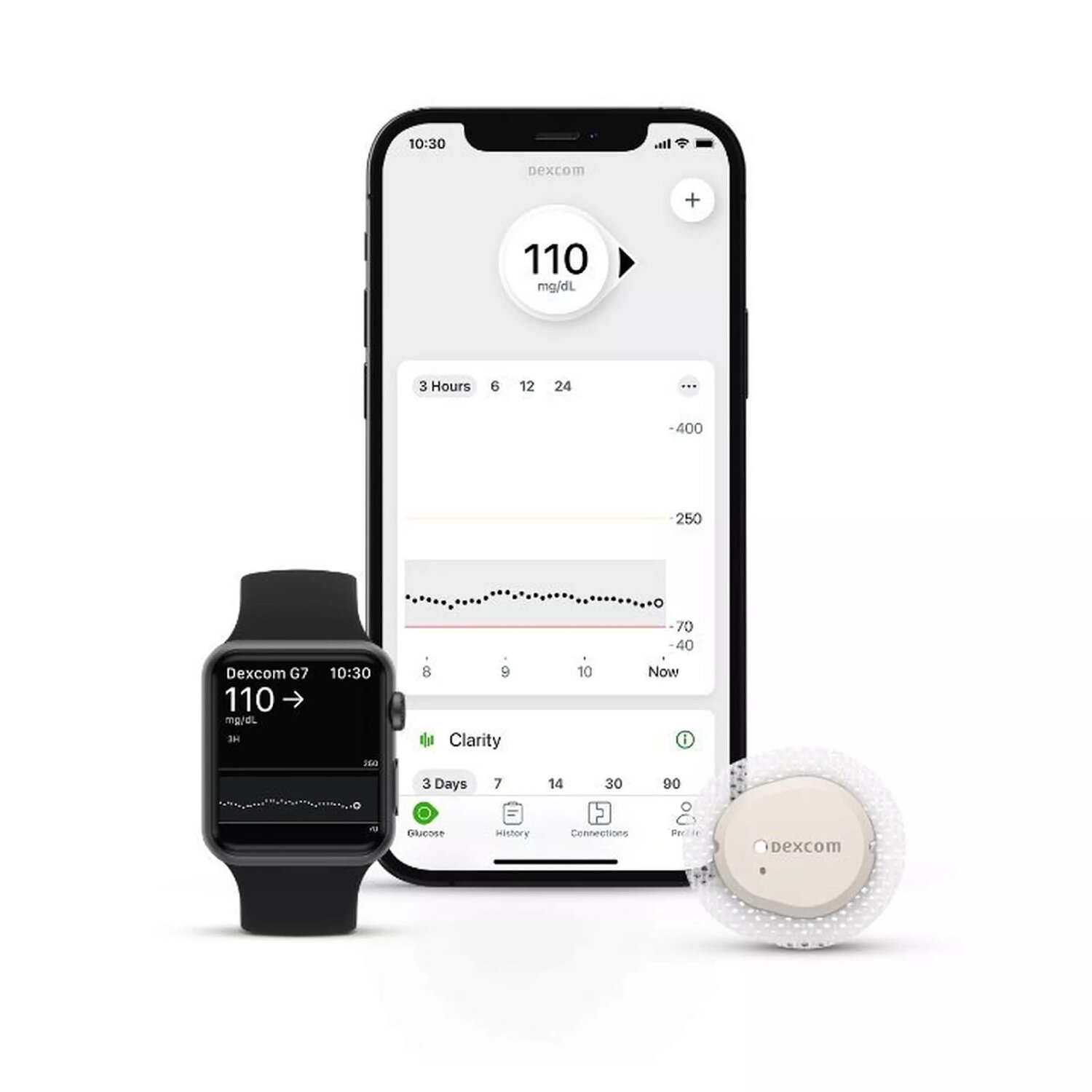
Source: https://www.dexcom.com/en-us
4. Prioritize battery life and performance
Battery life is a critical consideration for wearable products. Users expect their devices to last throughout the day without frequent charging. Product managers must prioritize battery optimization, working closely with engineering teams to implement power-saving strategies and efficient hardware and software design. Balancing features and functionality with power consumption is essential for delivering a reliable and convenient user experience.
Continuous background monitoring of biological signals like heart rate or sleep tracking is a compelling value proposition for wearables, but it significantly impacts battery life. To address this challenge, product managers must prioritize battery optimization and collaborate with engineers to implement power-saving strategies. This could also involve selecting energy-efficient components, developing intelligent algorithms, and making informed trade-offs between features and power consumption. This is especially true for new generations of wearables like AR/VR headsets which are computation intensive. By balancing functionality and battery life, conducting thorough testing, product managers can deliver wearables that offer the benefits of continuous monitoring while maintaining a convenient and long-lasting user experience.
5. Notifications and information overload
Wearables are pivotal for timely health notifications, yet managing these alerts to prevent overload is key. Product managers should adopt a "less is more" strategy, setting stringent criteria for what qualifies as a critical alert—like abnormal heart rates or significant sleep pattern changes—and allowing user customization to minimize unnecessary notifications. This ensures that only the most vital information is relayed, enhancing the wearable's role as a health management tool.
Collaboration with healthcare professionals and UX designers is essential in identifying crucial health alerts. Incorporating intelligent filtering and leveraging multiple sensor data can help in delivering personalized and context-aware notifications, improving their relevance and urgency. It's also important that these alerts are designed to be clear and distinguishable, with ample customization options for users to adjust based on their preferences.
6. Ensure data privacy and security
Wearables often collect sensitive personal data, such as health metrics and location information. Product managers must prioritize data privacy and security, implementing robust measures to protect user information. Transparent data policies and user control over data sharing are essential for building trust and fostering user adoption. Compliance with relevant regulations and industry standards is also critical for maintaining the integrity and reputation of the product.
7. Measure and iterate based on key metrics
Measuring the success of wearable products requires defining key metrics and regularly tracking performance. Product managers should identify relevant metrics, such as user adoption, engagement, retention, and satisfaction, and establish systems to make data-informed improvements. For example, if you launched a cycle tracking app for women's health integrated with wearable devices, important metrics to monitor could include the number of monthly active users, frequency of log entries, and feedback on the accuracy of cycle predictions. Additionally, tracking the utilization of specific features, like symptom tracking or fertility windows, can provide insights into user priorities and app effectiveness. By analyzing these metrics, product managers can identify areas for enhancement, such as improving the algorithm for cycle predictions, offering more personalized health insights, or enhancing user interface for easier data entry. Implementing changes based on user behavior and feedback can lead to increased user satisfaction, higher retention rates, and ultimately, a more successful product.
Conclusion
To sum up, the effectiveness of wearable products largely depends on product managers mastering the challenges of the wearable tech field. This involves deeply understanding user needs, enhancing device design and functionality, and closely monitoring key performance metrics. Success comes from pinpointing valuable features, ensuring devices work well together, maintaining long battery life, and protecting user privacy. As the wearables market grows, product managers must stay agile, adapting to new technologies and user preferences to keep their products relevant and useful. The aim is to continually improve wearable devices based on user feedback and data, striving to make these devices essential to users' daily health and communication routines.
Explore more great product management content by exploring our Content A-Z


